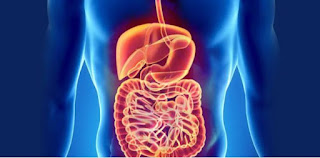Muscular Dystrophy In India By The Best Stem Cell Treatment Hospital
Muscular dystrophy is a muscle-wasting illness that manifests itself in a variety of ways. Duchenne muscular dystrophy, the most prevalent type of the illness, affects around one in every 3,500 boys globally. What new therapies could stem cell research lead to?
Muscular
dystrophies are a category of hereditary disorders that cause heart and
skeletal muscle weakening and degeneration.
Duchenne
muscular dystrophy (DMD) is caused by a deficiency of a protein called
dystrophin, which causes muscles to be readily destroyed. Muscle injury may
produce inflammation, which can lead to additional muscle tissue damage. Satellite
cells in DMD patients, on the other hand, fail to produce enough myoblasts and
get depleted rapidly.
Satellite cells
and the causes of muscle injury, as well as therapies that assist decrease
muscle damage, such as anti-inflammatory medications, are all being investigated
by researchers.
Dystrophin-producing cells are being transplanted into patients in the hopes of preserving and perhaps restoring muscular function. These cells may be healthy donor cells or genetically modified cells from the patient.
The use of
induced pluripotent stem cells (iPSCs) to generate vast numbers of cells with
healthy dystrophin genes is being investigated.
Stem Cell Treatment for MuscularDystrophy in India are a set of hereditary disorders
that affect the skeletal muscles, as well as the heart muscle, in certain
cases. Muscular weakness and gradual muscle atrophy are two of the signs. The
most frequent and most severe type of muscular dystrophy is Duchenne muscular
dystrophy (DMD). A genetic flaw inhibits the synthesis of a protein called dystrophin,
which causes the disease.



Comments
Post a Comment